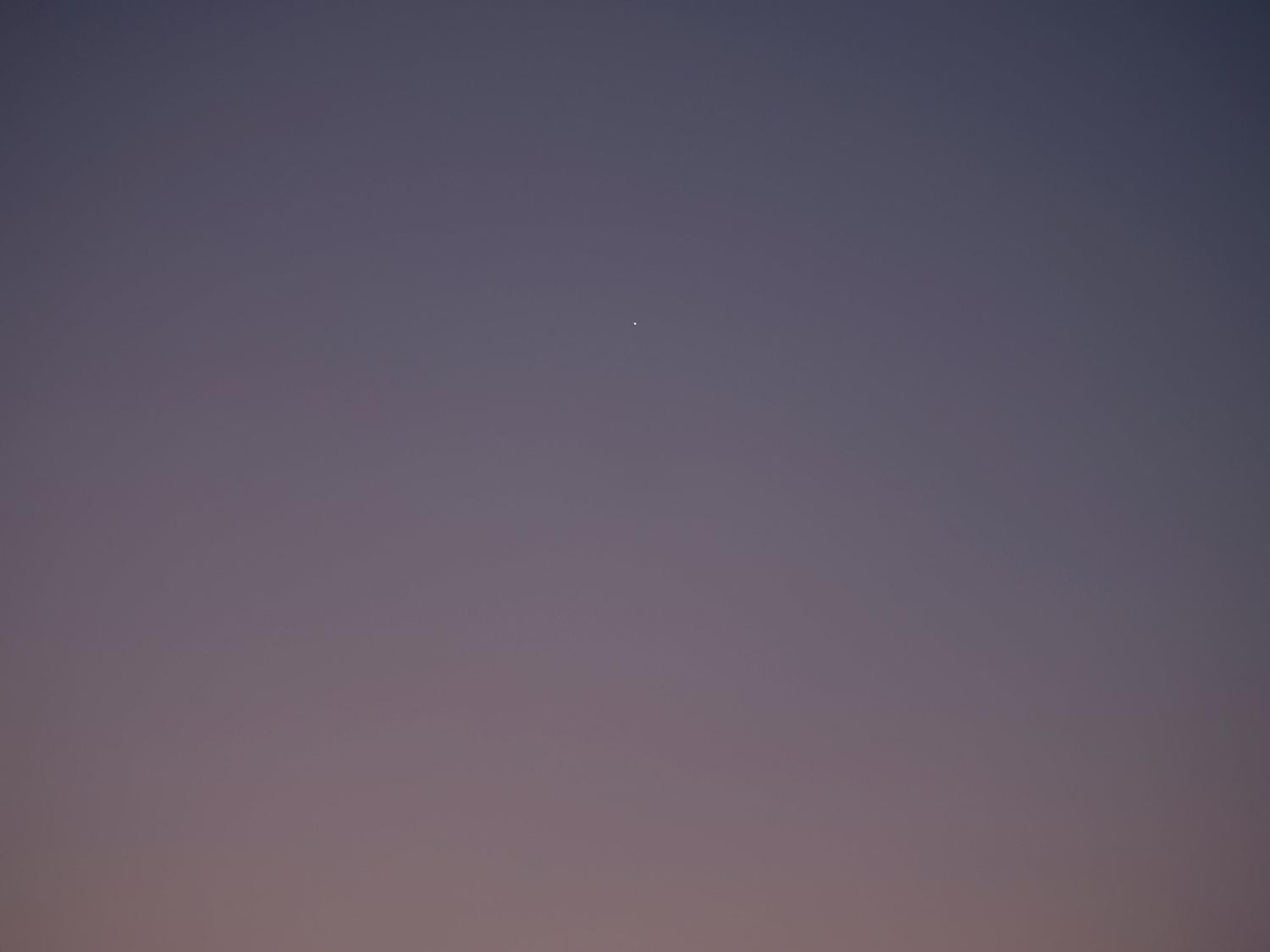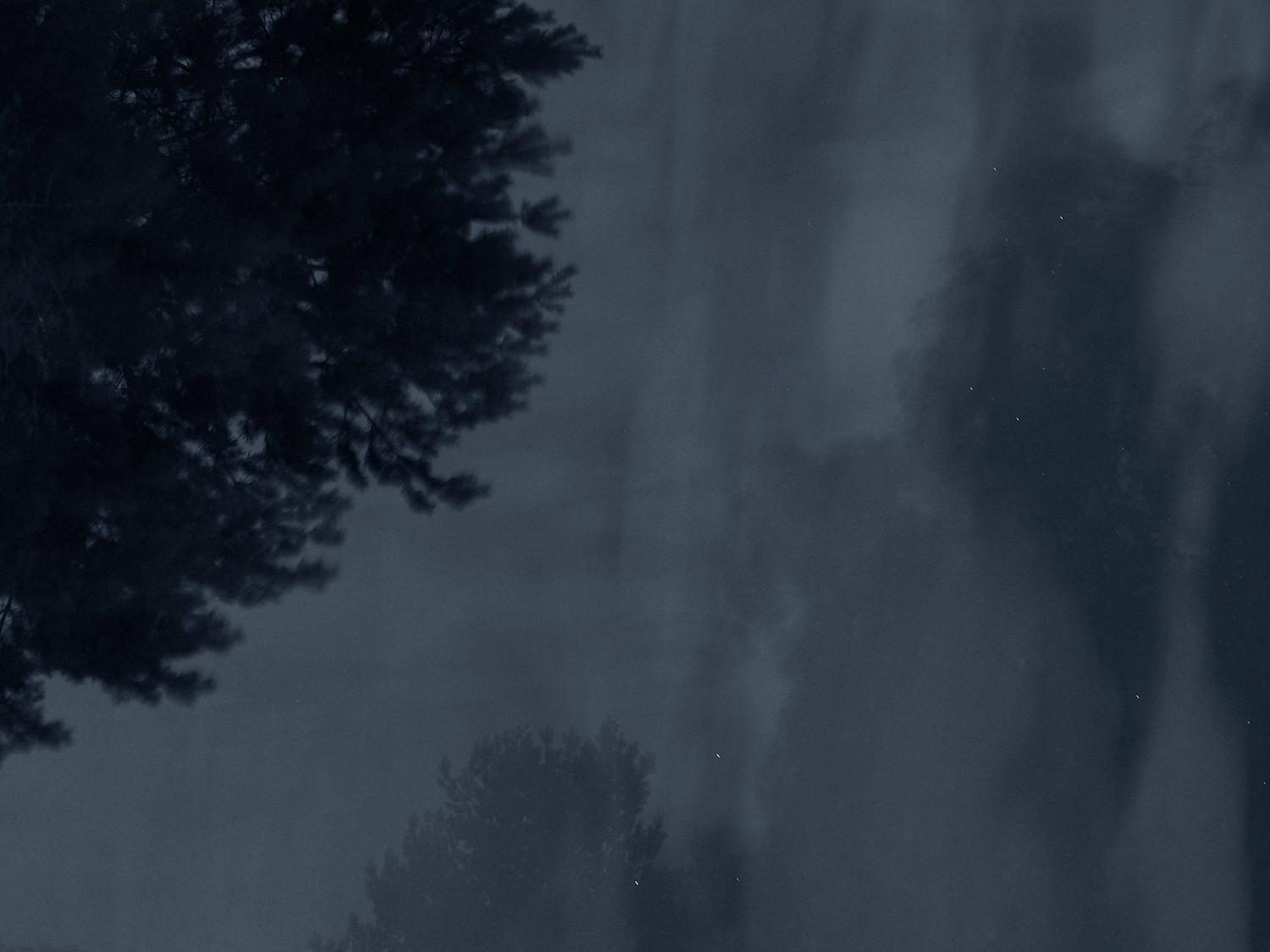Daydreaming with the Night

Before I spoke to Louise Beer for the first time, I had spent the weekend away from my London flat, glamping in the Sussex countryside. Sitting round a fire pit, my friends and I looked up to the dark sky and were amazed by the number of stars we could see. It didn’t matter that we couldn’t identify any constellations or pick out the North Star; I was filled with a sense of joy and wonder.
“How different would the universe be without planetary life?” Louise asked me a few days later over video call. I stopped and tried to think of an answer to her question, but no image, no idea, arose. I couldn’t imagine it; I didn’t even know where to begin. But thinking about this philosophical question took me to the core of Louise’s work Earth, a Cosmic Spectacle, which aims not only to encourage the public to appreciate the preciousness of life on Earth, but also to understand the importance of imagining our universe while we still can. In her work, the night sky is something that responds to the imagination; it is something we can wonder and marvel about. It is both a place and an idea that offers forms of knowledge beyond the scientific. A place that can bring us solace, joy and connection.
The night sky has long been a source of imagination and mythmaking – stars have been seen as divine beings, souls, mythological figures – but nowadays what lies beyond Planet Earth is often seen to be the realm of scientists and science museums, rather than the general public and the expanse above our heads. When making work about the stars, South African artist Gavin Jantjes said, ‘The heavens are the most neutral space – no nations lay claim to the heavens. They are undefined… and are accessible to every human being.’[1] I think he meant that outer space can exist beyond the reaches of colonisation and its suppression and control of knowledge. But his point is salient in relation to Louise’s work and her passion for (re)establishing our relationship with the night sky, and advocating for its availability for individual ponderings and collective imaginings.
Thinking about access to the night sky is particularly crucial today when light pollution acts as an impenetrable barrier, closing the curtains on the view out to space for much of the world’s population. In New Zealand, Louise grew up under so-called ‘dark skies’ where the Milky Way can be easily seen, but around a third of the Earth’s population live in areas where the stars are mostly or completely invisible.[2] I live in London where it is easy to forget the stars are even up there. How can I relate to something so vast and so seemingly unknowable when I can’t even see it? Through her work, Louise aims to overcome the spiritual and imaginative distance between humans and the universe around us by eliding different conceptions of time.


Sparse, translucent clouds are captured in one photograph: constantly in movement (we know), their existence is fleeting; up in the sky (we know), yet still somehow Earth-bound. Next to the clouds, is a photograph of a tiny planet in an expanse of dreamy purple-pink: constantly in movement (we imagine), it feels timeless; up in the sky (we imagine), yet removed from our knowledge of the world around us. By pairing these two photographs, Louise creates a constant push and pull between what we can understand and what we must imagine. Trees act as a kind of midpoint in her photographs, representing a ‘big time’ that is far beyond the human life-span, but still tangible – a sense of oldness that we can accept, and even count in the tree’s concentric rings. By exploring time in something we can see and even touch, Louise helps us to transfer this mode of knowing into the vast expanse of the universe. Thinking about the relationship between tiny movements and huge cataclysmic events in her work is also a crucial reminder of the importance of action in the face of climate emergency. But this message remains couched in a sense of beauty and romance.
Of course, the stars, as seen from Earth, are beautiful. But romance is created through the relationships between two or more entities; here it is to do with the experience of stargazing. When you stargaze alone, it’s like daydreaming with the night. When you gaze together, your closeness to your companion is heightened by the vastness of what you see above you. Your awe in the face of what is unknown (and maybe unknowable) emphasises your connection to the things that you can touch, from the rough denim of your jacket to the glossy grass beneath your head. Of course, the romantic feeling is also a result of the night itself and the assumed stillness that accompanies it. Louise captures the romance of this experience in her work, overlaying a photograph of woodland with the warm glow of starlight. In a soundscape which brings together the calming sounds of the local wildlife by the river at night, she makes the night sky something you experience with all your senses, not just your eyes.
Louise often works with scientists, not just to learn from their expertise but, in exchange, to offer them the opportunity to think more emotionally and imaginatively about their relationship to the universe. Some scientists find this difficult, Louise explained. Researching issues around the climate emergency can become overwhelmingly depressing if you are also engaging with how you feel about the situation. But science cannot be the only means to save us from climate disaster. Emotion, imagination and connection have a huge role to play and Louise’s Earth, a Cosmic Spectacle allows me to sit with the beauty of the universe and imagine what my place within it all might be.

[1] Gavin Jantjes (1996) quoted in the exhibition Gavin Jantjes: To Be Free! A Retrospective 1970–2023, Whitechapel Gallery (London, 2024).
[2] Megan Eaves quoted in Louise Beer, ‘The transparency of night’ in Dark Skies, ed. by Nick Dunn and Tim Edensor (Routledge: London, 2023).
